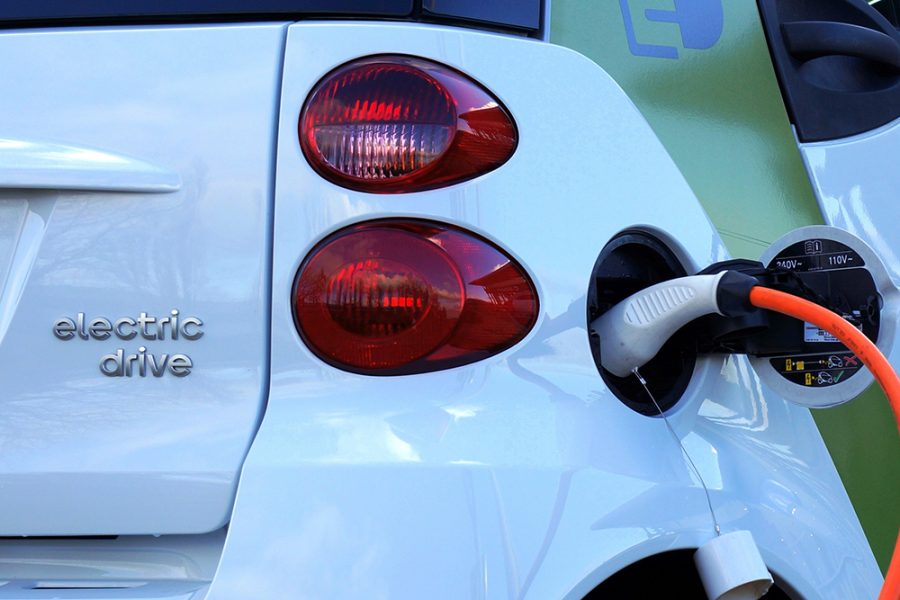On the ballot this fall is a measure that, if passed, would hike taxes on California’s richest residents to fund electric vehicle and charging station subsidies. Gov. Gavin Newsom doesn’t like it, calling it “one company’s cynical scheme to grab a huge taxpayer subsidy.” He’s referring to Lyft, the top financial contributor to the pro-Proposition 30 campaign. He’ll get no argument here. But from there we diverge. Newsom is not going to agree that the rush to park backsides in EV seats is a meaningless, if not counterproductive, gesture.
After all, it was Newsom who started the EV hustle when two years ago he said that he, and he alone, was going to outlaw sales of all new automobiles in the state in 2035 unless they were zero-emissions vehicles. The California Air Resources Board has since committed its unelected forces to regulating and implementing Newsom’s 2020 executive order.
While EVs have gained the status of sainthood among many Californians, they are environmental menaces dressed in green clothing. The facts are out there, but don’t get the coverage they should. Here’s a sampling of important yet virtually untold stories about EVs:
“The climate effect of our electric-car efforts in the 2020s will be trivial. If every country achieved its stated ambitious electric-vehicle targets by 2030, the world would save 231 million tons of CO2 emissions. Plugging these savings into the standard United Nations Climate Panel model, that comes to a reduction of 0.0002 degree Fahrenheit by the end of the century.” – Author and Hoover Institution fellow Bjorn Lomborg in the Wall Street Journal
“Electric cars’ impact on air pollution isn’t as straightforward as you might think. The vehicles themselves pollute only slightly less than a gasoline car because their massive batteries and consequent weight leads to more particulate pollution from greater wear on brakes, tires and roads.” Lomborg, Wall Street Journal again
“EVs are more material-intensive than old-fashioned gasoline-powered cars, requiring more steel, aluminum, copper, and other rare earth minerals and specialty products like magnets that must be mined (which environmentalists oppose) and require an energy-intensive process to manufacture into shiny EVs. And that’s before you get to the huge quantity of lithium needed for the batteries.” PRI senior fellow Steven Hayward in The Pipeline
“It is eye-popping when Volvo admits that the carbon footprint for the manufacturing of its C40 Recharge electric car is 70 percent higher than its comparable internal combustion version of the car (the XC40).” – Hayward, The Pipeline again
The Environmental Protection Agency has “found that manufacturing, charging, operating, and disposing of electric vehicles produces more of every major category of pollutants than conventional cars.” – James D. Agresti, president of Just Facts, in Issues & Insights
“One miner warned that when it comes to the transportation sector, domestic resources for lithium, the most critical mineral used for electric vehicle production, may not be sufficient enough to meet some of the most ambitious targets.” – Yahoo Finance
“The batteries of EVs rely on cobalt. An estimated 70% of the global supply of cobalt emanates from the Democratic Republic of the Congo, a country with deplorable working conditions, especially for children.” – Mark Tapscott, PJ Media
“Supporters of” Newsom’s order “admit there will be a 40% increase in demand for electricity, adding further strain to the grid and requiring increased costs for power and infrastructure.” – Tapscott, PJ Media again
“As California creates” an EV and clean-grid “template for other states to follow, Ram Rajagopal, associate professor of Civil and Environmental Engineering at Stanford University, “says it is also exposing some critical gaps that are likely to strain the power grid in the race to net-zero, especially in the transportation sector, where the acceleration of electric vehicle adoption is already underway.” – Yahoo Finance
“Electrifying half of the U.S. motor vehicle fleet would require in rough terms: nine times the world’s current cobalt production; four times global neodymium output; three times global lithium production; two times world copper production.” – John Hinderaker, Power Line
The EV picture is not nearly as rosy as the politicians and activists have assured the public it is. The real image is more like a negative, bleak, dark, the world flipped around. Most voters, though, probably won’t see it before they go to the polls in November.
Kerry Jackson is a fellow with the Center for California Reform at the Pacific Research Institute.


